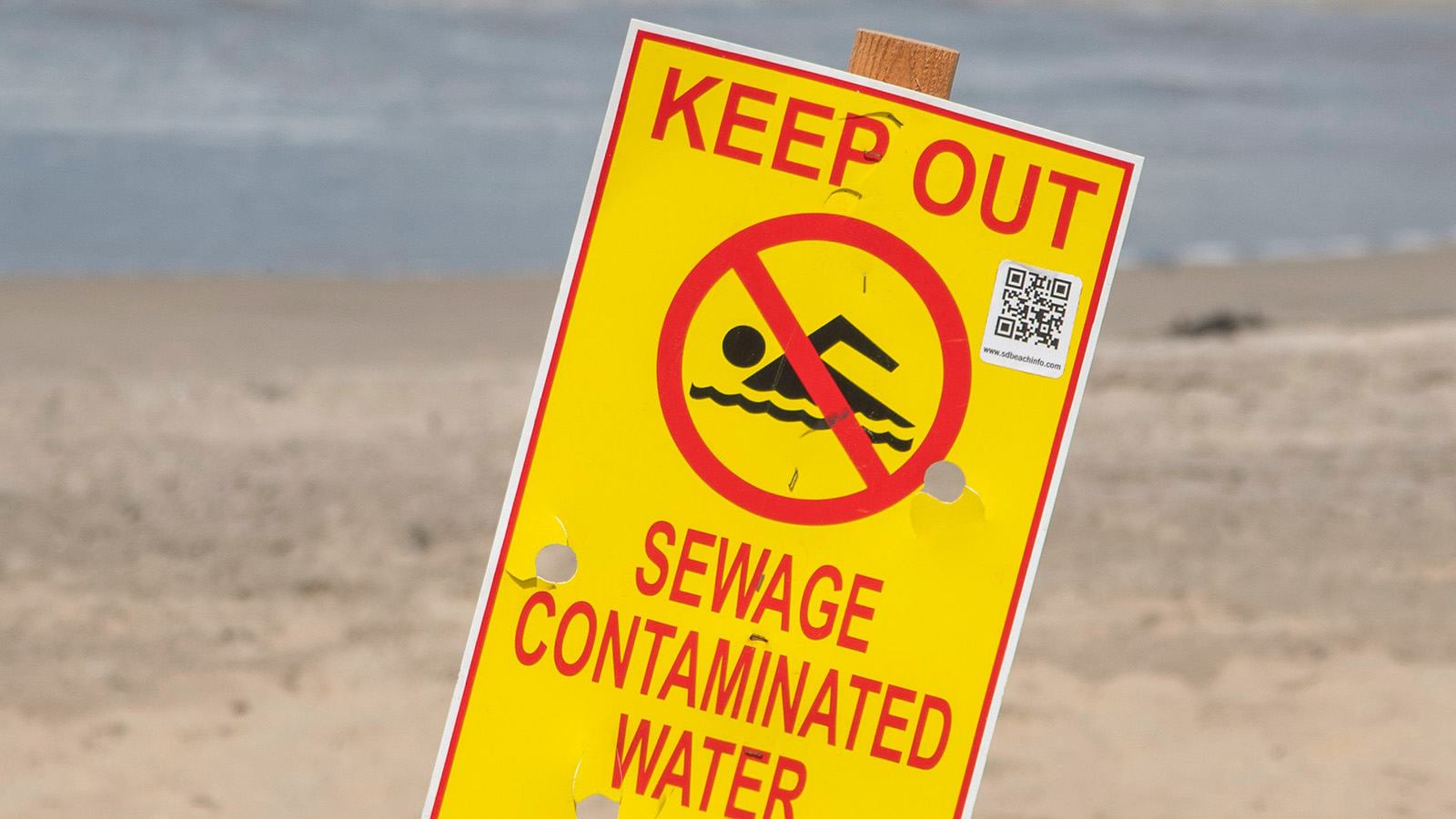
Threats to Clean Water in the Delaware River Basin
Insights from the Interactive Online Map and Recommendations
The Delaware River basin is unique. And uniquely important. Yet, industry, urban development, agriculture, transportation of fossil fuels and many other activities pose serious threats to the health and safety of Delaware River basin waterways. Building off of Environment America's interactive online map of water quality threats in the basin, this paper lays out a comprehensive policy approach to restoring and protecting the Delaware River basin's rivers, streams and lakes.

The Delaware River basin is unique. And uniquely important.
The Delaware River, the longest undammed river in the eastern United States, is one of America’s natural treasures. Millions of people visit the Delaware or its tributaries each year to fish, hunt, watch birds, canoe, raft, boat and enjoy nature.[i] Waterfalls, hikes and campgrounds draw visitors to national protected areas like the Delaware Water Gap National Recreation Area and the Upper Delaware Scenic and Recreational River.
The Delaware River is also home to more than 200 fish species, as well as the eastern oyster, blue crab and American horseshoe crab. The basin’s waterways also provide drinking water for more than 15 million people. Overall, the Delaware River basin provides $21 billion in ecosystem goods and services per year, including recreational, commercial and water quality benefits.[ii]
In short, preserving clean, healthy and ecologically vibrant waterways in the Delaware River basin is essential to the overall health of the region, its diverse array of wildlife, and its economy. But we haven’t always treated the Delaware River basin’s waterways with the respect and care they deserve.
Generations of damaging activities – from coal mining to the use and disposal of persistent toxic chemicals like PCBs – have left a legacy of pollution that continues to harm the Delaware River and its tributaries today. And while environmental laws and restoration efforts have reduced some pollution threats to the Delaware River basin and restored some of its waterways to health, a range of new threats – from pharmaceuticals and microplastics to pollution from factory farms and the dangers posed by fossil fuel production and transportation – threaten the progress we have made.
A broad view of pollution threats in the Delaware River basin demonstrates the need for a comprehensive, fully-funded approach to restoring the basin’s waterways to health.
But it also reveals something larger: the need to adopt policies that prevent pollution before it occurs. Protective designations can help keep inherently polluting facilities – from fossil fuel pipelines to factory farms – away from the waters where we fish and swim. Moreover, such pollution prevention tools underscore the need to keep the basin’s streams and wetlands under the ambit of the Clean Water Act.
This document provides a series of recommendations – based on conclusions from a year-long effort to assess and visualize water quality threats in the basin – that would help to preserve what is unique, and uniquely valuable, about the Delaware River basin for generations to come.
Photo: Flickr NYC Tom CC BY-NC-ND 2.0
[i] G. J. Kauffman, University of Delaware, Socioeconomic Value of the Delaware River Basin in Delaware, New Jersey, New York, and Pennsylvania: the Delaware River Basin, an Economic Engine for over 400 Years, 11 October 2011, archived at https://web.archive.org/web/20180615151135/http://nj.gov/drbc/library/documents/SocioeconomicValueDRB-UDEL-FinalRpt.pdf.
[ii] Ibid.
Topics
Authors
Tony Dutzik
Associate Director and Senior Policy Analyst, Frontier Group
Tony Dutzik is associate director and senior policy analyst with Frontier Group. His research and ideas on climate, energy and transportation policy have helped shape public policy debates across the U.S., and have earned coverage in media outlets from the New York Times to National Public Radio. A former journalist, Tony lives and works in Boston.
Elizabeth Berg
Policy Associate
Find Out More

Good intentions, bad outcomes. Six ways impervious surfaces harm our cities and the environment

Safe for Swimming?

The Threat of “Forever Chemicals”

